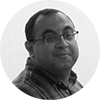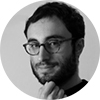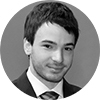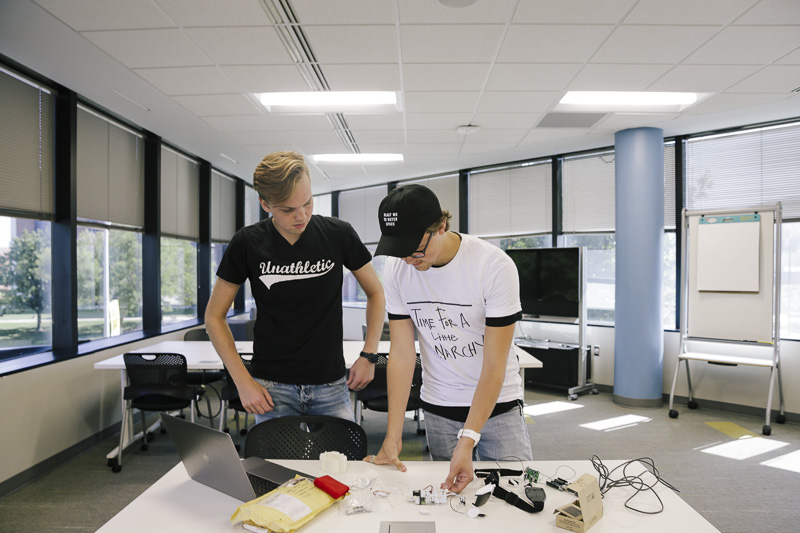WEEK 2:
BUILDING THE TEAM
To talk about the team, we have to go back about 12 years. I (Jared) was in second grade when Spencer moved to my grade school in McPherson, Kansas. We were both in a gifted education program with a great teacher, Mrs. Nakai, who continued to be our gifted teacher through high school.
Throughout our time with Mrs. Nakai, she pushed us to explore and learn outside of our basic classes. This usually took the form of various projects and Science Olympiad competitions. At age 13, Spencer and I started converting cooking oil into diesel fuel in a makeshift chemistry lab we set up in my basement. At 15, we thought it would be a good idea to build a fusion reactor in my barn. Although we were about to source the vacuum chamber and deuterium, we were stopped after we couldn't find a power source.
Vytal is a concept Spencer and I started exploring in our junior year of high school. I was always interested in physiology while Spencer was really good at swimming and cross country. Vytal was a natural merger of these two interest and the idea for the hardware came from realizing that most technology products are pretty ugly. We wanted to change this while making an interesting form factor.
Needless to say, Spencer and I have been teammates for a long time. So whenever we look at bringing someone onto the Vytal team, they really have to be a good fit with our personalities and the personality of the company. Our teammates usually end up being pretty eccentric people because normal people are boring.
McPherson High School is a fine place, but it’s obviously not the best place to network in the tech community. This becomes especially true when you’re 16 and the number of people that take you seriously can be counted on one hand. To overcome these limitations, we turned to the internet. We would research and talk to all kinds of people about trends in technology and physiology. After about a year of exploring and refining this Vytal concept, we had made some actual traction. This process led us to Dr. Mohamed Ali, who was working on a new cardiac tracking method with the University of Illinois. It was a perfect match in almost every way.
This was two years ago, and since working together, we have grown the Chicago team to fill the software and hardware development gap. We have put a focus on building a diverse team so that many backgrounds and ideas can be brought to the table. We currently have three different countries represented.
MEET OUR TEAM:
Dr. Mohamed Ali
 Mohamed is a doctor in cardiology with a specialization in vascular biology. He currently works with the University of Illinois and has experience developing electronic devices and data acquisition.
Mohamed is a doctor in cardiology with a specialization in vascular biology. He currently works with the University of Illinois and has experience developing electronic devices and data acquisition.
Fausto Petruzzelli
 Fausto has been designing custom, high-performance, and high-reliability electronics for over five years, developing robust solutions for applications ranging from medical devices to racing cars. He has a Master of Science degree in electrical engineering from both the University of Illinois at Chicago and the Polytechnic University of Turin.
Fausto has been designing custom, high-performance, and high-reliability electronics for over five years, developing robust solutions for applications ranging from medical devices to racing cars. He has a Master of Science degree in electrical engineering from both the University of Illinois at Chicago and the Polytechnic University of Turin.
Luigi Zevola
 Luigi holds a Master of Science degree in computer engineering, from Polytechnic University of Turin, as well as a Master of Science in electrical and computer engineering. He has more than 10 years of experience in programming and specializes in embedded systems.
Luigi holds a Master of Science degree in computer engineering, from Polytechnic University of Turin, as well as a Master of Science in electrical and computer engineering. He has more than 10 years of experience in programming and specializes in embedded systems.
